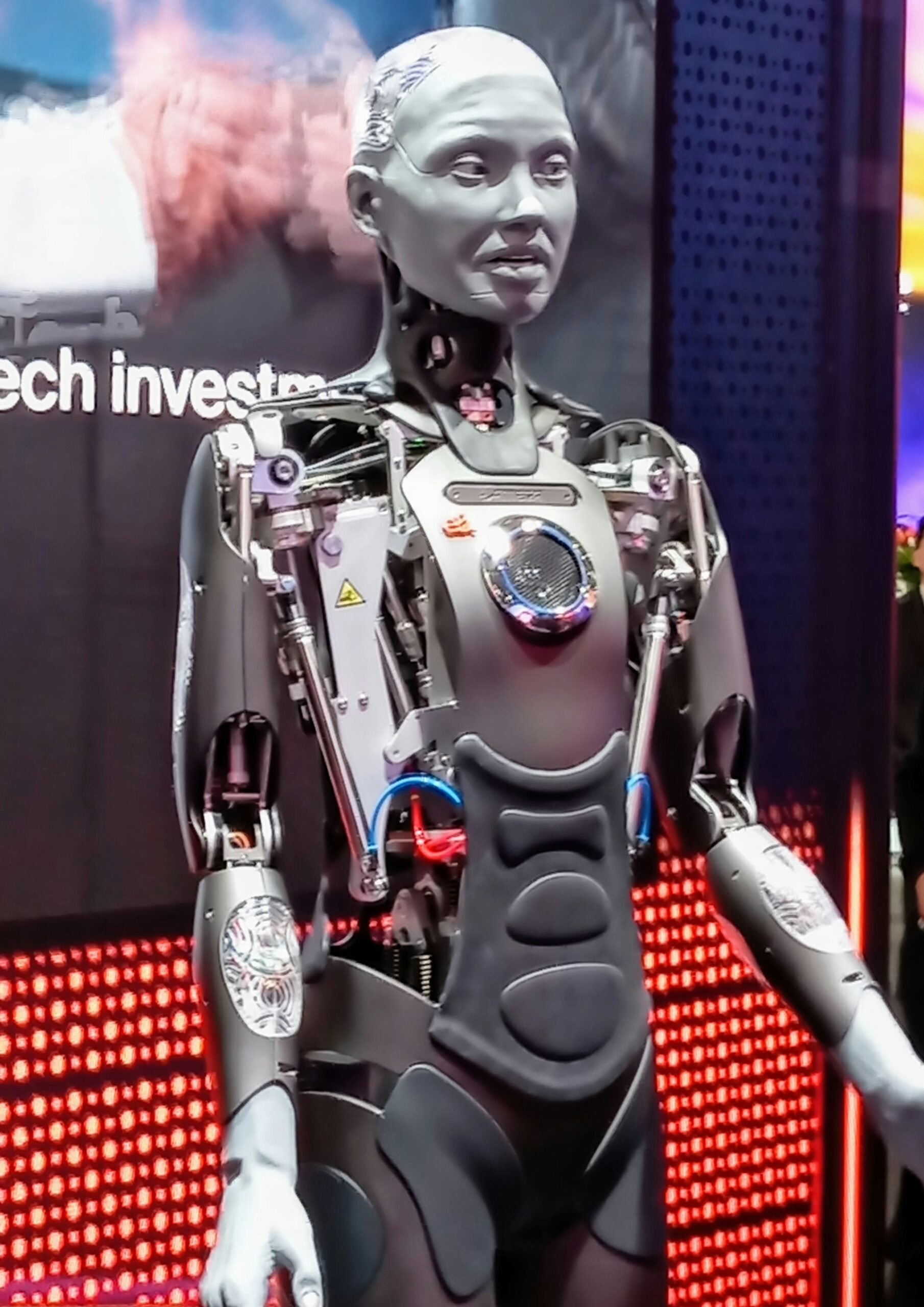Unlocking Personalized Education: How AI-Powered Adaptive Learning Platforms Transform Learning Outcomes

Photo by Robo Wunderkind on Unsplash
Introduction to AI-Powered Adaptive Learning Platforms
Education and workforce development are undergoing rapid transformation as AI-powered adaptive learning platforms become central to digital learning strategies. These platforms use artificial intelligence to personalize content, automate tasks, and provide actionable insights, making learning more efficient and learner-centric. Whether you are an organization seeking to upskill employees, an educator designing personalized curricula, or a learner aiming to reach your goals faster, understanding and leveraging these platforms can provide a significant advantage [1] .
Core Features and Benefits of Adaptive Learning Platforms
At the heart of adaptive learning platforms is the ability to personalize the learning experience for every user. Unlike traditional one-size-fits-all methods, these systems analyze each learner’s progress, preferences, and performance to deliver custom pathways. Key features include:
- AI-driven recommendations : Platforms like Absorb LMS and Docebo use machine learning to suggest the most relevant content based on each learner’s role, skills, and goals. This ensures time is spent on actionable knowledge, not redundant material [1] .
- Automated content curation : Docebo and D2L Brightspace can automatically tag and curate materials, reducing manual work for administrators and making it easier for learners to find the resources they need [2] .
- Real-time analytics and reporting : Platforms such as D2L Brightspace and Sana Learn offer dashboards and predictive analytics, helping instructors and administrators identify learning gaps and intervene promptly [2] [4] .
- Adaptive assessments : Tools like 360Learning and aNewSpring provide adaptive quizzes and spaced repetition, ensuring knowledge is reinforced and retained over time [3] .
- Mobile and blended learning : Many leading platforms offer mobile-first design and blended learning options, enabling learners to switch seamlessly between devices and formats [5] .
Step-by-Step Guidance: Accessing and Implementing Adaptive Learning Solutions
If you are considering adopting or integrating an AI-powered adaptive learning platform, there are several practical steps you can take. Here’s a detailed guide:
- Assess Your Needs : Begin by identifying your core objectives-whether it’s upskilling employees, supporting compliance, or delivering personalized curricula. Make a list of must-have features such as adaptive assessments, automated reporting, or integration with existing HR and IT systems.
- Research Verified Providers : Review authoritative lists and case studies to compare platform capabilities. For example, you can learn about Absorb LMS, Docebo, D2L Brightspace, Sana Learn, and 360Learning through their official websites and recent industry analyses [1] [2] [4] .
- Request Demonstrations : Most reputable vendors offer demo sessions or trial access. Prepare questions about integration, data privacy, scalability, and support.
- Pilot the Platform : Start with a small-scale pilot, ideally with a group representing your typical learners. Use the pilot to evaluate user experience, reporting tools, and learning outcomes.
- Evaluate Analytics and Feedback : Use built-in analytics to monitor learner engagement, completion rates, and content effectiveness. Collect feedback from users to refine your implementation strategy.
- Scale and Integrate : Once satisfied, expand your rollout. Integrate the platform with HR, CRM, or other systems as needed for seamless data flow and administrative efficiency.
Real-World Examples and Case Studies
Polestar , an electric vehicle manufacturer, leveraged Sana Learn to increase user engagement by 275% and reduce course creation time by 15 hours per course. Their team was able to create, translate, and manage content in-house, demonstrating how adaptive platforms can drive efficiency and autonomy in learning operations [4] .
Similarly, organizations using Absorb LMS or Docebo have reported improvements in upskilling, reskilling, and compliance training by delivering only the most relevant content to each learner and reducing administrative burden with AI-driven automation [1] [3] .
Potential Challenges and Solutions
While the benefits are substantial, some organizations face challenges during implementation:
- Integration complexity : Integrating adaptive platforms with legacy systems can require technical support. Consider platforms with robust APIs and dedicated onboarding support, such as aNewSpring and Sana Learn [3] [4] .
- Data privacy and compliance : Ensure the provider follows established data protection standards and offers compliance support, especially in regulated industries [2] .
- Change management : Staff and learners may be resistant to new systems. Provide ample training, communicate benefits clearly, and use pilot groups to build support.
Alternative Approaches and Additional Resources
If you are unable to access a particular platform or need a more tailored solution, consider the following options:
- Internal development : Larger organizations with technical resources may choose to build custom adaptive modules using open-source AI tools.
- Blended learning : Combine adaptive digital platforms with instructor-led or peer-based sessions for a more comprehensive approach [3] .
- Industry associations and academic consortia : Many professional organizations curate lists of vetted providers. For sector-specific needs, search for “adaptive learning platform” along with your industry or specialty.
To find the best adaptive learning platform for your needs, you can:
- Visit the official websites of Absorb LMS, Docebo, D2L Brightspace, Sana Learn, 360Learning, and aNewSpring for detailed product information and request demo access.
- Search for independent reviews and case studies using terms like “AI-powered adaptive learning platform case study,” “enterprise learning platform reviews,” or “best adaptive LMS 2025.”
- Contact your organization’s IT, HR, or Learning & Development departments for recommendations and support in evaluating platforms.
Key Takeaways
AI-powered adaptive learning platforms are redefining education and training by providing personalized, efficient, and engaging learning experiences. When implemented thoughtfully, these platforms can boost learner outcomes, streamline administration, and unlock new opportunities for growth. By following the steps outlined above and leveraging real-world examples, organizations and individuals can make well-informed decisions and maximize the value of adaptive technology in learning.

Photo by Markus Spiske on Unsplash
References
- [1] Absorb LMS (2025). Top 12 AI-powered learning platforms in 2025.
- [2] D2L (2025). 7 Best AI-Powered Learning Platforms in 2025.
- [3] aNewSpring (2025). Best 5 platforms for personalised learning journeys.
- [4] Sana Labs (2025). Top AI-Powered Learning Platforms of 2025.
- [5] SC Training (2025). The Top 12 Adaptive Learning Platforms.
MORE FROM findsun.net













